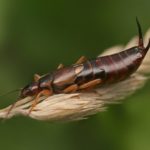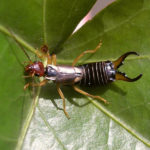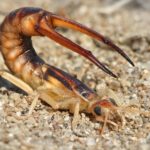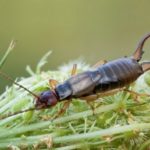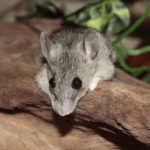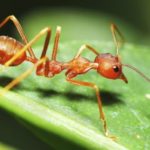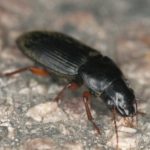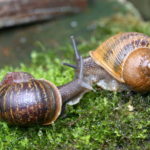Facts about earwigs
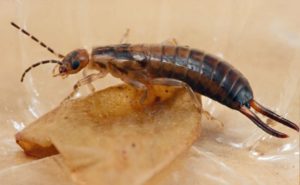 The most important fact is that earwigs do not penetrate the human ear and do not cause damage to the brain, it’s just an old myth. They enter houses only in search of food. They are very difficult to detect in the house during the day, they only come out when it’s dark. Earwigs mostly thrive in wet or wet soil, in open areas such as lawns and gardens. They penetrate the houses through cracks and cracks in the walls.
The most important fact is that earwigs do not penetrate the human ear and do not cause damage to the brain, it’s just an old myth. They enter houses only in search of food. They are very difficult to detect in the house during the day, they only come out when it’s dark. Earwigs mostly thrive in wet or wet soil, in open areas such as lawns and gardens. They penetrate the houses through cracks and cracks in the walls.
Earwigs live in groups and can be found by hundreds near swampy terrain and wetlands. They are most often encountered during the rainy season, as the soil is under the influence of moisture. Earwigs consume only plants, decomposed organic matter and insects, which is the main reason why they live in gardens and hollows of trees.
- In many places in the world they are also known as insect bugs.
- Records show that there are about 2000 different types of earwigs in the world and about 22 types are found only in the USA.
- Only some types of earwigs have wings and are capable of flying.
- Their skin texture is very smooth, and in most cases they are masked.
- The earwig is dark brown, while the predatory earwigs are mostly bright and attractive colors.
- During the winter, they are buried in the ground at 1.8 – 2.1 meters to survive the drought.
- The female earwig lays up to 50 eggs at a time.
- Earwigs are not harmful and not all are poisonous, they can sting, but only as a last resort, as self-defense.
